Over the past several years, embedded solutions have found their way into the motion control space, with terms such as embedded motion, embedded motion control, and embedded motion controller commonly used in product descriptions and technical articles. Although there are no standard definitions for these terms, they all refer to some level of integration of motion control components for the purpose of making end devices better-suited for applications in which size, performance, and efficiency are paramount. Here we’ll look at how each term is typically used and what it means for motion control and machine designers.
Motion as an integral part of the end device
The term “embedded motion” is most often used when referring to a motor that is an integrated part of the mechatronic system, rather than a separately coupled mechanism. For example, frameless motors (sometimes referred to as “kit” motors) can be integrated into a robot joint, with the load directly coupled to the motor or even integrated into the motor itself. Embedded motion reduces the number of transmission components required, which in turn, provides higher efficiency and reliability. And in many cases, the drive and control electronics are also integrated into the end device, rather than being mounted remotely on the machine or in a separate control cabinet. Which takes us to the next topic — embedded motion controllers.
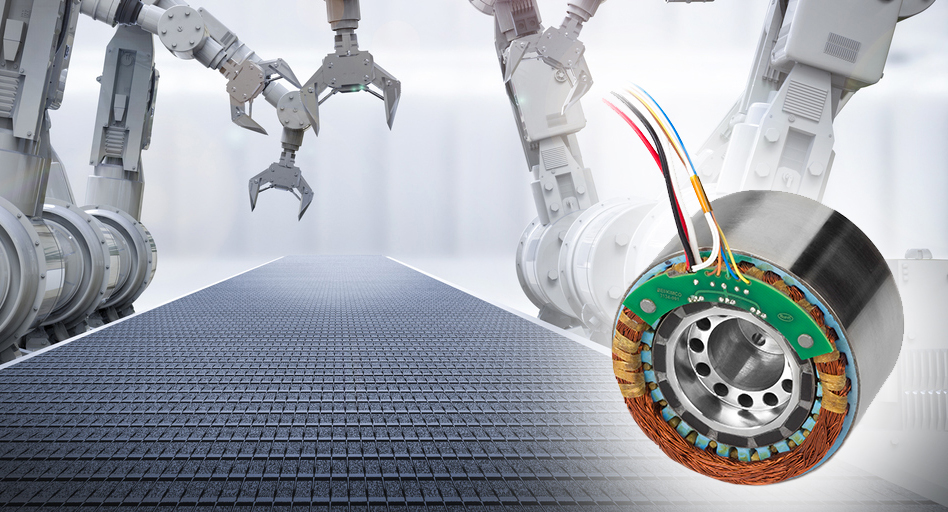
Image credit: Sensata Technologies
Motion controller as an integral part of the end device
Where embedded motion commonly refers to the mechanical part of the motion system (the motor), the term “embedded motion controller” typically refers to PCB-mounted motion control modules that are integrated directly into the machine. These modules take care of all motion controller functions, such as servo path planning and motion profile generation. The primary benefit of an embedded motion controller is that the system no longer requires remote-mounted drives and PLCs (or other controllers), significantly reducing the length of encoder and feedback cables between the motor and the controller. This means less wiring, better signal integrity, fewer failure points, and better machine performance.
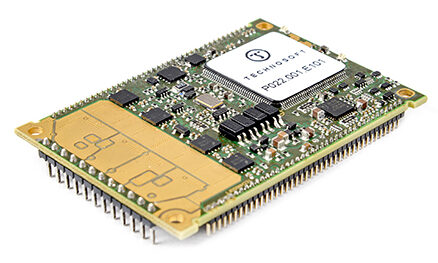
Image credit: Technosoft
Integrated motion and control
The term “embedded motion control” refers to an embedded system that includes the mechanical devices (motor, actuator); sensors or encoders; motion control hardware, software, and firmware; and a network interface. In other words, embedded motion control combines mechanical and electrical components and functionality into one device that has been optimized for size, performance, and efficiency. Because they’re purpose-built (rather than general purpose, like a PLC or industrial PC), embedded controllers and embedded motion control systems significantly reduce development time and simplify programming, allowing designers to focus on the specific motion application and how it operates within the system, rather than designing the motion system “from scratch.”

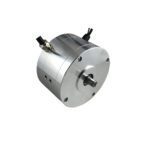
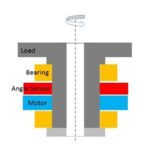
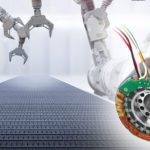
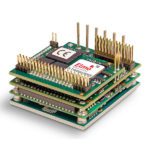
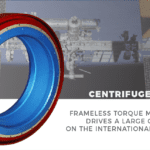

Leave a Reply
You must be logged in to post a comment.